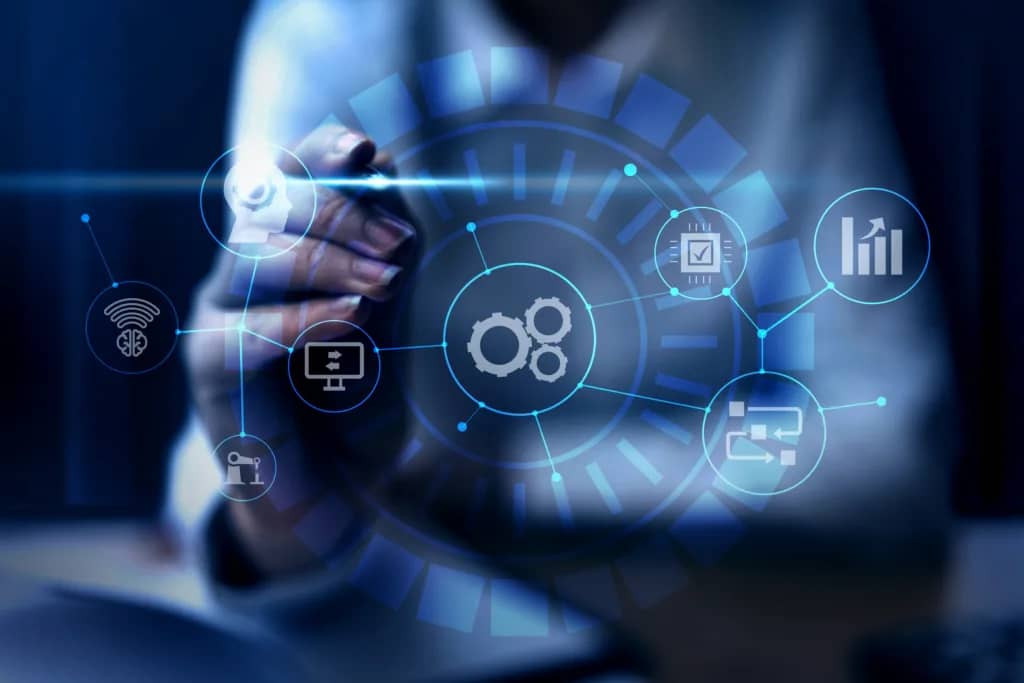
IoT, short for the Internet of Things, refers to the network of physical devices or “things” embedded with sensors, software, and connectivity capabilities that enable them to collect and exchange data over the Internet. These devices can range from everyday objects like household appliances and wearable devices to industrial machinery and smart city infrastructure. The data collected from these devices can be analyzed and utilized to improve efficiency, convenience, and decision-making across various domains.
AI and IoT are a powerful combination that can create transformative solutions in several ways:
- Enhanced Data Analysis: AI can process and analyze the massive amounts of data generated by IoT devices much faster and more accurately than humans. By applying machine learning algorithms to this data, AI can identify patterns, detect anomalies, and extract valuable insights that can lead to more informed decisions and better optimization of processes.
- Predictive Maintenance: AI-powered IoT systems can predict and prevent equipment failures by continuously monitoring and analyzing device data. By recognizing patterns of deterioration or unusual behavior, AI can forecast when maintenance is needed, thereby reducing downtime and maintenance costs for industrial machinery and critical infrastructure.
- Smart Home and Energy Management: AI can make IoT-enabled smart homes more intelligent by learning individual user preferences and adjusting settings accordingly. AI algorithms can optimize energy usage based on patterns and user behavior, resulting in increased energy efficiency and cost savings.
- Healthcare and Remote Monitoring: IoT devices in healthcare, such as wearable health trackers and remote patient monitoring systems, can collect real-time health data. AI can analyze this data to detect early signs of health issues, enabling timely interventions and personalized medical treatment.
- Autonomous Vehicles: AI and IoT are crucial components of self-driving cars and autonomous vehicles. IoT sensors provide real-time data about the vehicle’s surroundings, while AI algorithms process this data to make driving decisions and ensure safe navigation. Know more.
- Supply Chain Optimization: IoT devices can track goods and shipments throughout the supply chain. AI can leverage this data to optimize logistics, inventory management, and route planning, leading to reduced costs and faster delivery times.
- Environmental Monitoring: AI-powered IoT systems can monitor environmental conditions like air quality, water quality, and weather patterns. This data can be used for early warning systems, climate research, and environmental conservation efforts.
- Agriculture and Precision Farming: IoT devices, combined with AI, can enhance agriculture practices by monitoring soil conditions, weather patterns, and crop health. AI algorithms can analyze this data to provide valuable insights for precision farming, optimizing water usage, and increasing crop yields.
Overall, AI complements IoT by extracting meaningful information from the vast amounts of data collected by IoT devices. This synergy enables the creation of innovative applications and solutions that improve efficiency, safety, and convenience in various industries and everyday life. However, as with any technology, ensuring data security, privacy, and ethical considerations remain essential in the integration of AI and IoT systems.
Read more